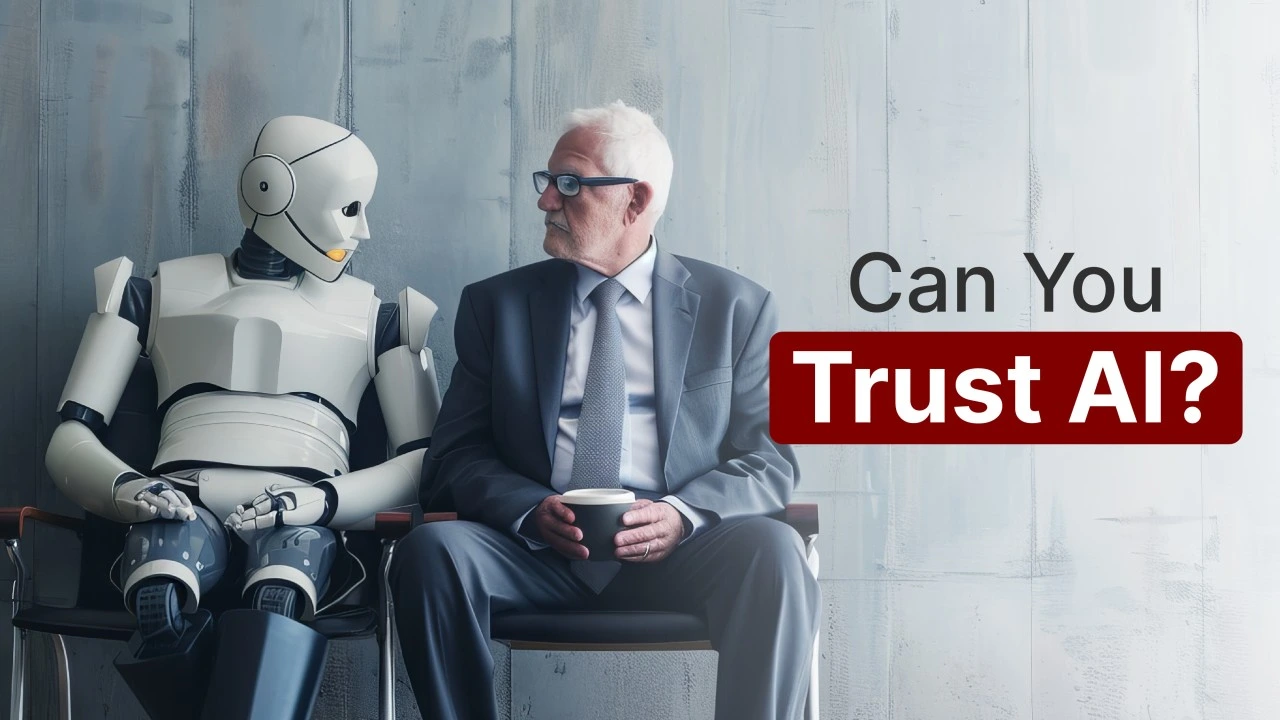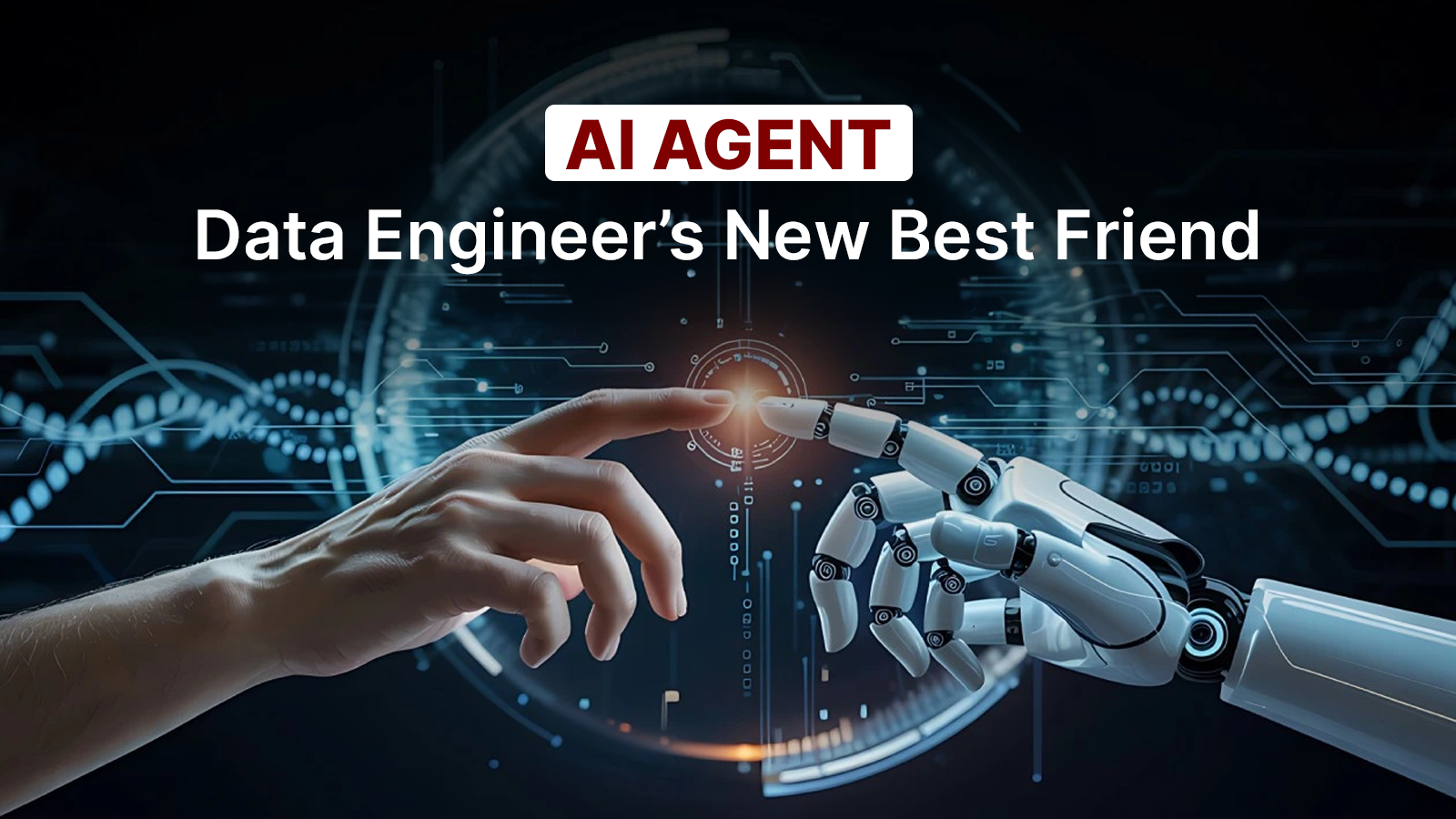Governing Agentic AI
- By Richa Gupta & Todd Wadtke
- Read Time: 4 Min

Part 1: Why Your Old Governance Playbook Won’t Survive the Agentic AI Era
A company’s AI team just deployed its biggest autonomous agent framework yet this quarter. The agents are rewriting code, approving minor customer refunds, and even flagging internal fraud. They’re efficient. They’re scalable. But they’re… opaque.
That’s the big concern. If you’re leading AI on a large scale, you’re a steward for autonomous decision-makers. And while the traditional playbook, i.e. use-case approvals, quarterly audits, computing limits, may keep the compliance team happy, it won’t help when something emergent, messy, or even weird bubbles up from your agent layer.
Let’s get this straight. Agentic AI isn’t a chatbot. It’s a living, acting, learning substrate. It requires a new playbook. A playbook that recognizes Agentic AI isn’t just smarter software; it’s a quantum leap forward that requires rigorous, active governance. With the agentic AI market poised to reach $70 billion in just five years, and little to no governance models in existence, the race is on to develop a robust model that can allow AI to be autonomous enough to allow meaningful intelligent automation, while not overreaching its capabilities beyond human control.
The Governance Gap You Didn’t Know You Had
Agentic AI is an evolving system that sets goals, adapts to context, and nudges decisions on your behalf.
In today’s reality, it:
- Auto-refactors code in production
- Optimizes creative for advertising on the fly
- Flags anomalous payments at scale
- Summarizes support sentiment for exec briefings
- Detects manufacturing anomalies and readjusts the production schedule
So, what happens when one of these agents misbehaves? Not in the “it crashed” sense, but in the “it did something unexpected, and now we’re legally or reputationally exposed” sense?
We’ve seen an early version of this problem before in programmatic advertising.
When ad-buying algorithms placed reputable brand ads on inappropriate or extremist websites, it wasn’t malice. It was misalignment and susceptible to fraud. The system did what it was told without truly understanding what was acceptable. Governance caught up eventually. But not before reputational damage forced the issue.
Agentic AI is like programmatic advertising on every business function. The stakes are higher. The misfires are harder to detect. And the consequences are enterprise wide.
If you don’t have an answer, you’re not alone. Most current governance frameworks weren’t designed for systems that think.
Why Old Tools Break When AI Starts Thinking
We’re still clinging to governance approaches built for a world of deterministic software, where systems only follow instructions. Agentic AI flips that paradigm: it adapts, learns, and acts independently. The old tools aren’t inherently wrong; they’re just outdated.

In such an environment, governance has to keep up in real time. We need a new governance blueprint, one that’s built for autonomy, uncertainty, and continuous adaptation. Dean Ball, from Mercatus and Fathom, proposes one such approach.
Ball posits that firms opt to be certified by private governance bodies. These certifiers, authorized by the government, review how AI systems are built, tested, and deployed. In return, compliant firms get a valuable trade-off in terms of protection from tort liability when users misuse their models.
It’s a promising approach, particularly for firms already familiar with audits like SOC2 or ISO 27001. But certification is only the beginning.
Another blueprint is continuous oversight with a synergistic human-AI approach to AI governance. While agentic AI can solve business problems at scale, humans offer the flexibility to monitor AI systems for potential malignancies in governance and take corrective action quickly before the issues escalate.
One obvious concern is whether humans can realistically stay in the loop. Not always, and not on every decision, at every level, across thousands of actions per second. But the goal is for humans to shape the system’s guardrails, define escalation paths, and have the ability to examine random slices (horizontal and vertical) of the work to ensure it performs as intended. We also need to actively partner with agentic governance agents to help scale oversight.[TW1]
This hybrid approach recognizes the limits of human bandwidth and the strengths of autonomous supervision. It’s not “human in the loop” for every task but for the things that matter.
Such an approach pairs autonomous systems with human context so governance becomes:
- Continuous: Agents are monitored in real-time for drift, misuse, and unintended consequences.
- Collaborative: Alerts don’t just get logged—they’re triaged, reviewed, and acted on by human stewards.
- Context-aware: Rules aren’t applied in isolation. They adapt to business conditions, ethics, and emergent risk.
Here’s How It Stacks Up

Trust Can’t Be Retrofitted
Agentic AI is shaping shape the next decade of business infrastructure. But we can’t trust what we don’t govern, and we can’t govern what we don’t understand.
Good governance need not be complicated. A human-machine approach offers something better than control: clarity. It means real-time visibility and transparency into how and why decisions are being made. It means being able to trace reasoning, detect drift, and intervene with context, not just react after the damage is done. Control assumes you can predict every outcome. Clarity equips you to navigate the unpredictable and learn.
In an age of autonomous systems, clarity is leadership. It’s time to address governance today when agentic AI is still in the early stages of development.
In our upcoming piece, we’ll outline a concrete framework for agentic AI governance, one that fuses telemetry, oversight agents, and contextual human escalation into a living, scalable model. Stay tuned.



